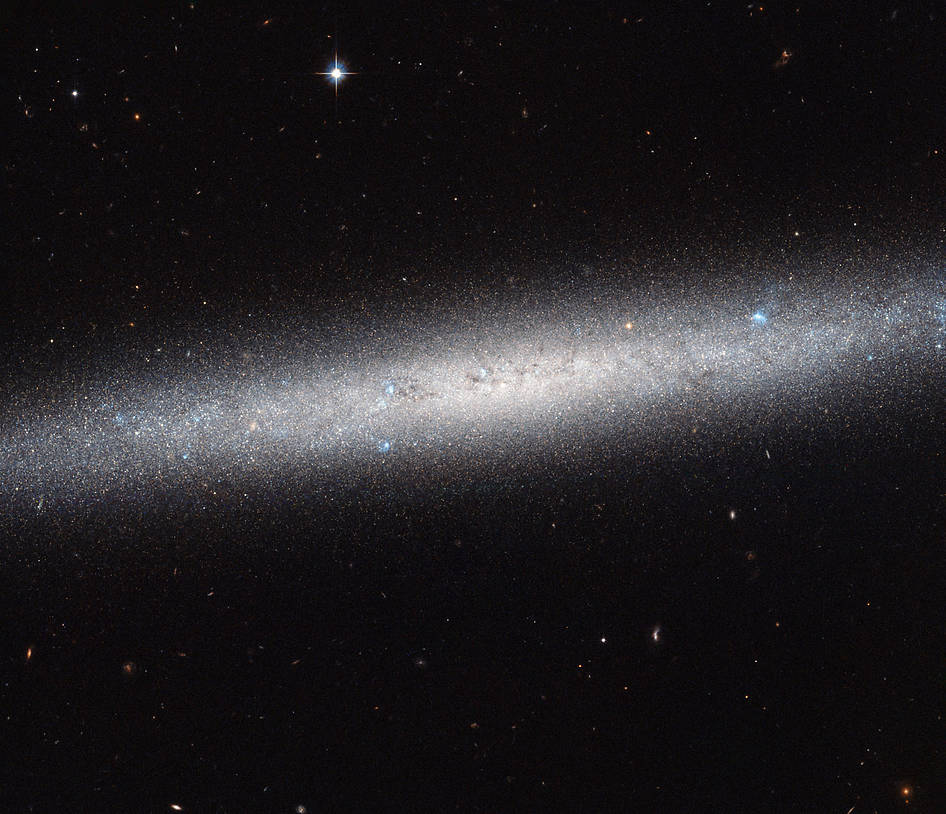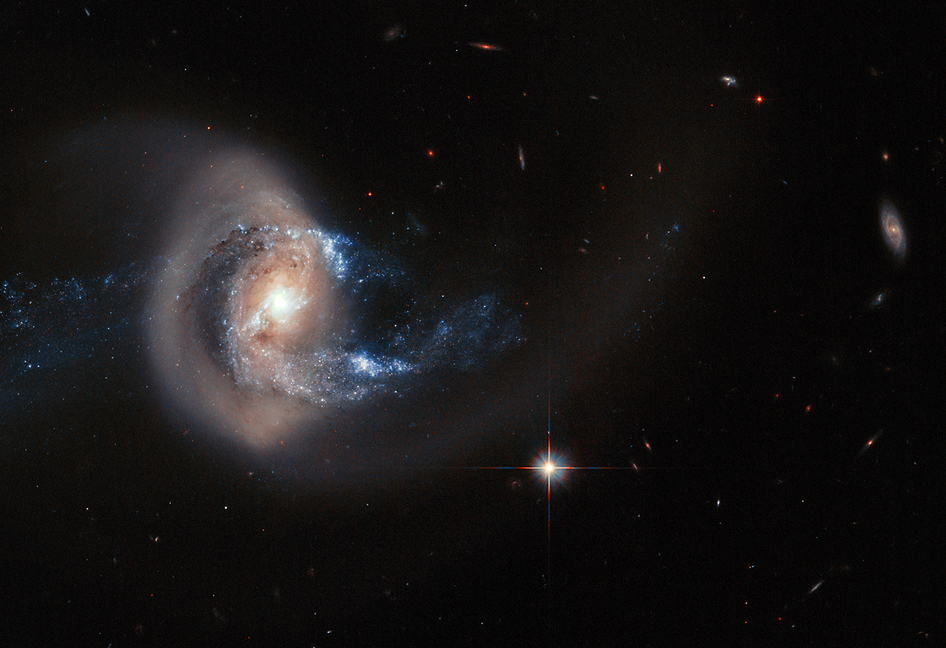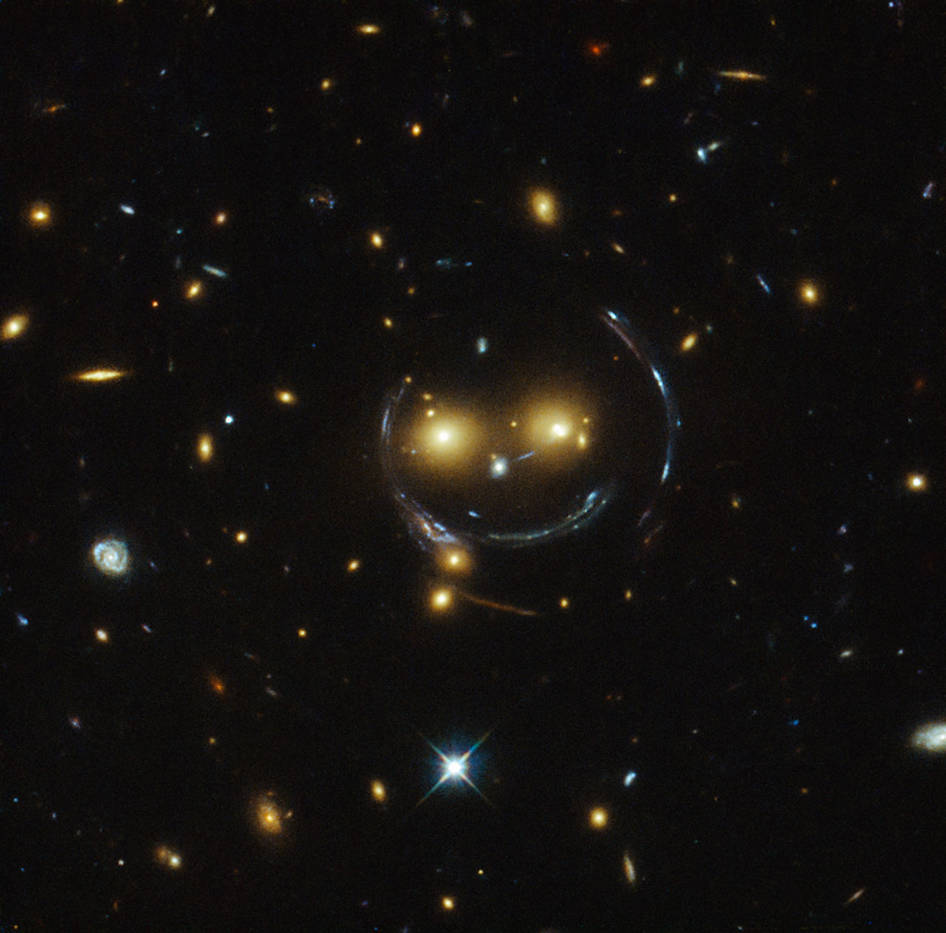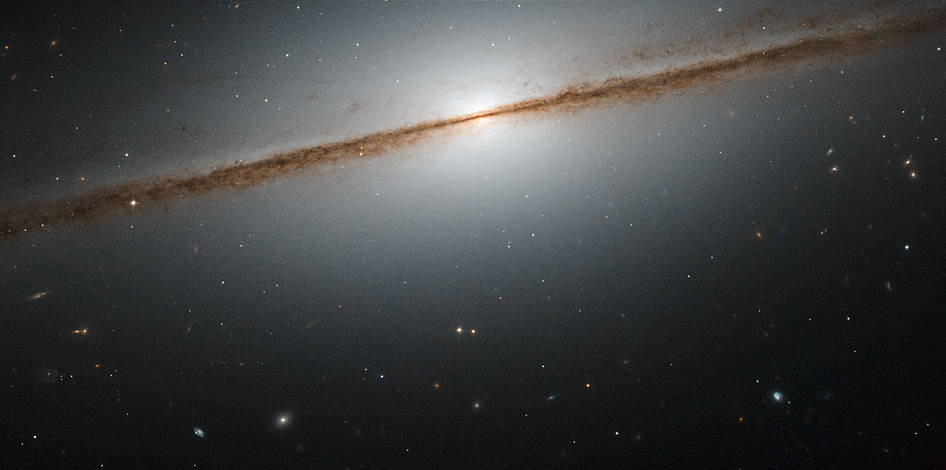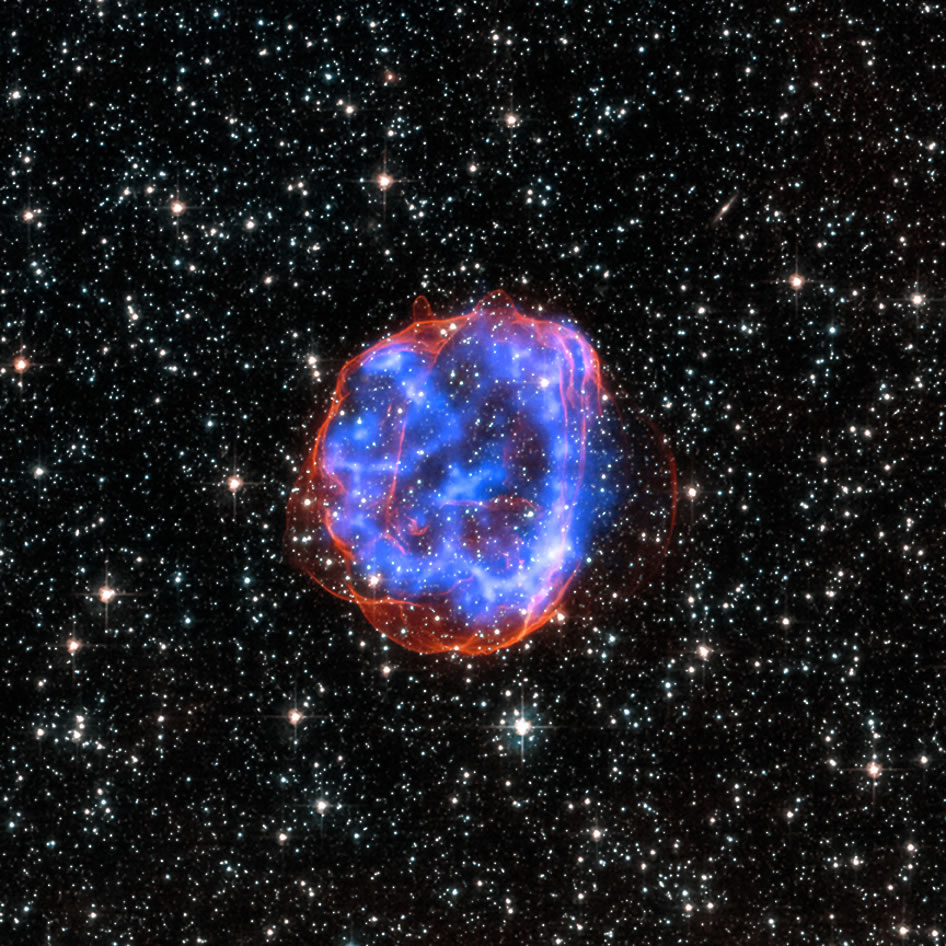Hubble Views a Galaxy on Edge
The incredible sharp sight of Hubble has allowed scientist to count more than 30,000 individual bright stars in this image. This is only a small fraction of the several billion stars that this galaxy contains, but the others are too faint to detect individually even with Hubble.

